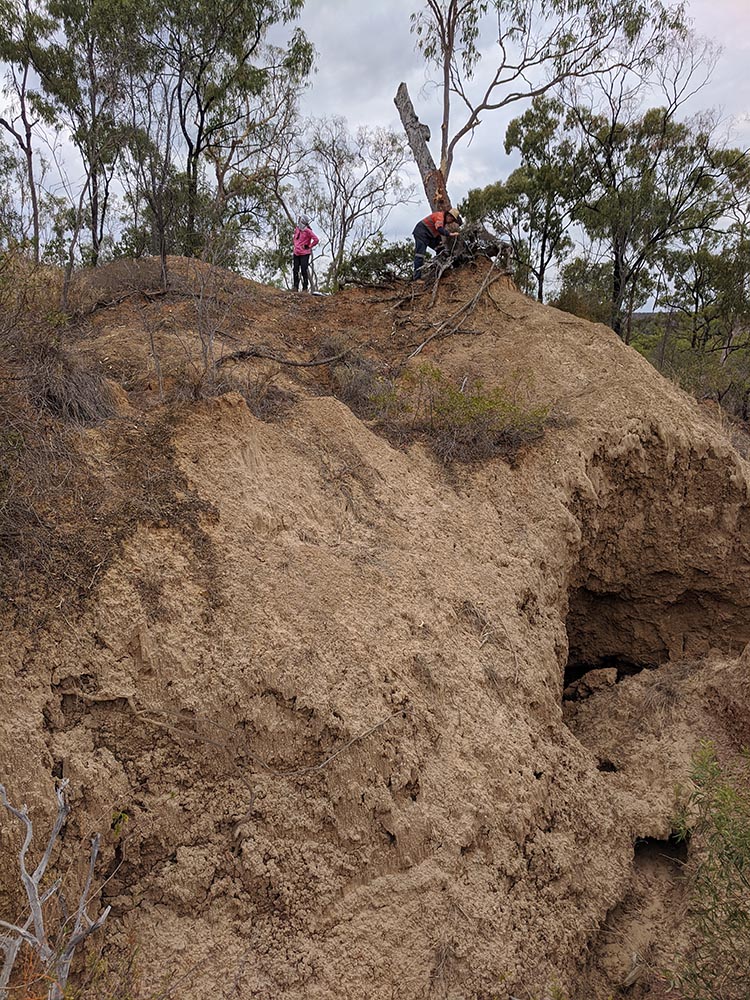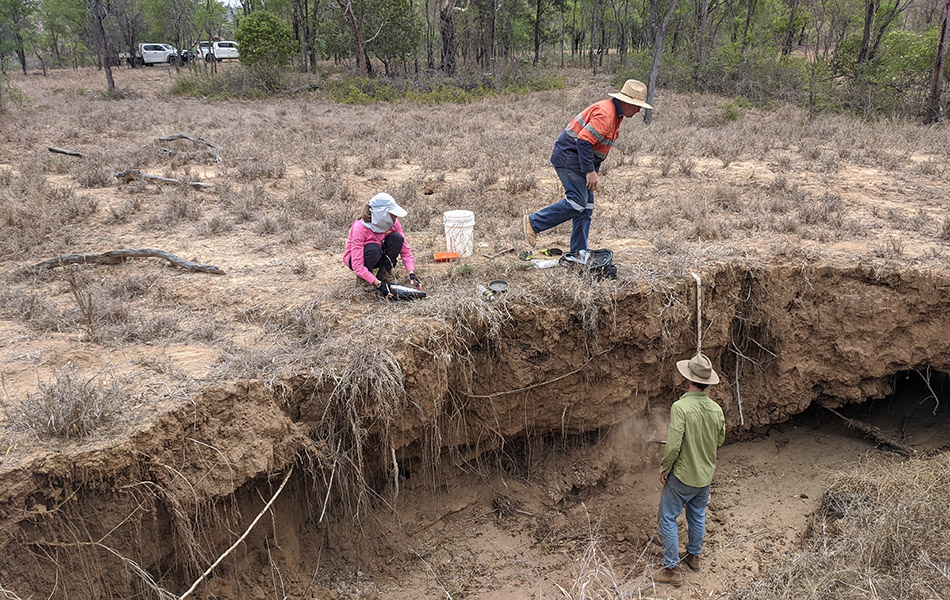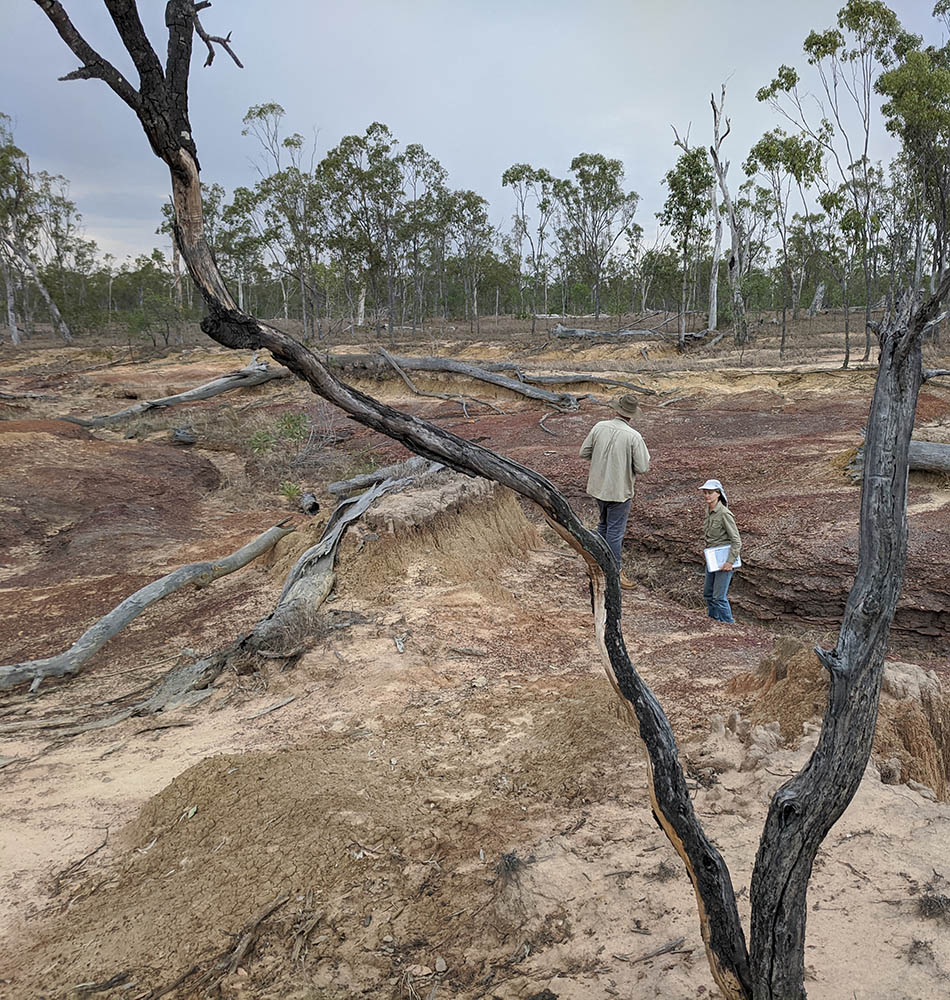Gully prioritisation – developing a catchment-wide investment plan

The BBB generates almost half of the fine sediment exported to the Great Barrier Reef lagoon. For this reason, it is a target hotspot for sediment reduction, which is why gully remediation is a key component of the LDC project.
Historically, the prioritisation and selection of gullies for rehabilitation in the Great Barrier Reef (GBR) catchments was based on the ad hoc use of satellite or aerial imagery and local knowledge. Consequently, the prioritisation and selection of gullies for remediation intervention was not as systematic.
Prioritising work is important because it links to improvement in water quality leaving the landscape (properties) by identifying those gullies where most sediment can be stopped.
Up-to-date monitoring shows half of the sediment from the BBB comes from just 6 per cent of the gullies in that area, emphasising the need to prioritise.
One of LDC’s goals was to produce new mapping and prioritisation methods to help identify active and cost-effective gullies for remediation. This included a long-term rehabilitation investment prioritisation plan for the BBB.
LDC contracted Griffith University to deliver a report that characterised and prioritised the highest sediment producing gullies in the BBB catchment. This research work was carried out between 2018 and 2021.
The results from this body of research has significant implications for policy settings around the ongoing rollout of water quality improvement strategies for the GBR over the coming decades to achieve the GBR water quality 2025 and 2050 targets.
The data shows that significant inroads can be made into the required sediment yield reductions by focusing on the highest yielding alluvial gullies, while being mindful of cost effectiveness.
In October, Griffith University carried out further ground verification work for consistency with gully classifications. The data collected will confirm the accuracy of the LiDAR data previously used and will help refine the data informing the gully prioritisation work.
Data capture included gully characteristics, erosion activities, soil profiling and sampling. Results from this validation work will provide NQ Dry Tropics and investors the confidence that investment in landscape remediation will be made where the most reduction in sediment yield will be achieved.
Which gullies should be considered as a priority?
There are three primary features of gullies that determine whether rehabilitation will deliver a cost-effective return on investment:
- Rate of erosion: gullies that are active and have a high rate of fine sediment generation.
- Position in the landscape: includes factors such as distance to the end of the catchment, rainfall patterns and sediment delivery ratio which may be affected by soil type, slope and trapping mechanisms such as dams.
- Opportunities for efficiencies: rehabilitation of densely situated gully features may prove to be viable through clustering of efforts.




